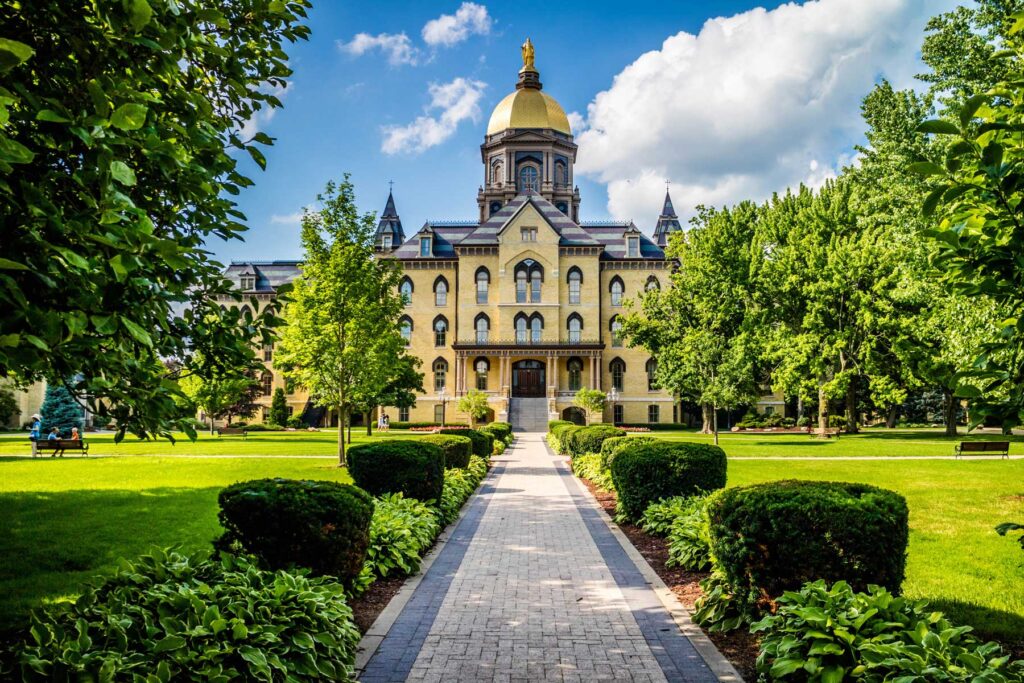All-nighters, k In the United States, real life is full of all-nighters, keg stands, welcome booklets with lots of different cultures, Pinterest-perfect dorm rooms, and crushing student debt. a four-year program. I currently owe $69,812, $47,000, $90,000, $35,000, $350,000, and $60,000 in education loans. Every month, I make the minimum payment on my student loans of $1,000. I estimate that it will take me ten years to pay that back, at which point I will be between the ages of 36 and 45; I can’t say for certain. I was at Penn State when I discovered I owed so much money, and it was terrifying to me at the time. I had no idea how to do it because I had never seen such a high amount before. I took part in an educational program for a few months before I realized it wasn’t what I was looking for.

As a result, I now have an additional debt of $40,000 to pay, but I have nothing to show for my time there. If I weren’t responsible for repaying my student loan debt, I’d put my money into investments. Because of the enormity of my financial commitments, I believe I will spend the rest of my life sharing a home with someone. The issue is not with one person and blaming them for the increasing student debt you are carrying; rather, the issue is with the system. So, why is college so costly, and should one even bother going? The modern higher education system is divided into three major groups. Tuition is a steady source of income for all of them, but the rest of their money comes from various sources. Public universities in your state, such as SUNY or Iowa State, are listed. The government financially supports them.
Shareholder’s fund non-public, for-profit educational institutions such as the University of Phoenix and Capella University. Donors fund many private philanthropic organizations, such as Yale University and American University. More will be said about this at a later date. On the other hand, choosing a college was not always so difficult. The first college in the United States was established in 1636. Harvard University is most likely a name you’ve heard before. The college system in the United States has a long history of being competitive and tough to enter. However, since Harvard’s first graduating class in 1642 consisted of only nine male students, we have come a long way. More than three million people in the United States were expected to get a bachelor’s degree or higher in 2018. In the last few decades, the kinds of people who go to universities and colleges in the United States have changed a lot.

The G.I. bill was signed into law in 1944, and it provided funds for veterans to finish their education. The G.I. Bill of Rights likewise protects veterans’ financial interests. That is correct. Tuition has already been paid for. The money covers the cost of running the lab and buying books, supplies, and tools. Because of the bias that was common in schools and banks, it was much harder for people of color and women to get the money they needed to pay for college and start taking classes. Because of the bias that was common in schools and banks, it was much harder for people of color and women to get the money they needed to pay for college and start taking classes. After only a few years, roughly half of all college students in the United States were military veterans. The GI Bill should not be taken lightly.
This helped an entire generation of men and some women in terms of education. And it made it conceivable for people who had never considered going to college to do so. The G.I. bill transformed the ambitions that American families could achieve. However, not everyone could fully capitalize on the opportunities given by the measure. Because of the bias that was common in schools and banks, it was much harder for people of color and women to get the money they needed to pay for college and start taking classes. In the 1950s, the Soviet Union put a satellite into orbit that was about the size of a beach ball. This had a huge effect on the way people learned in the United States. In the 1950s, the Soviet Union put a satellite into orbit that was about the size of a beach ball. This had a huge effect on the way people learned in the United States. In a minute, the narrative will begin.

A satellite the size of a beach ball launched into space by the Soviet Union in the 1950s had a tremendous impact on the educational system in the United States. Sputnik’s inaugural launch People were worried that the United States and the Soviet Union might go to war with each other. Suddenly, studying science and mathematics became trendy. It was a patriotic act. In the 1960s, the civil rights movement helped to force higher education institutions to open their doors wider, allowing more women and people of color to enroll. Students who went to schools connected to the University of California paid less than $1,000 to sign up. Tuition would not be charged if you were a resident. The taxpayer revolt, on the other hand, started in the 1970s. If you want something, you have to pay for it. I was hoping you wouldn’t rely on me to bear the fee. That is your concern, not mine.
As a result, the application process for student loans becomes significantly more cumbersome. She also said, “We’ve seen that universities do best in rankings when they put student outcomes like graduation and retention rates at the top of their list and do a good job of achieving those goals.” U.S. News & World Report. It was either one of the wisest or unluckiest publishing decisions ever made. In 1983, U.S. News & World Report published a list of the top colleges in the United States. It has grown into a primarily data-driven ranking. U.S. News examined recognition, conventional quality, notoriety, and income. Rankings are quite important to me. Due to my athletic background, I developed a strong feeling of competition. Even though several new rankings have been produced since 1983, the one issued by U.S. News & World Report is still considered the most authoritative. And educational institutions, such as colleges, keep a careful eye on it. If you ask them about it, they will say they are unaware of it. But I can assure you that they pay close attention whenever they discuss it in the conference rooms of admissions offices and provost offices around the country. The average of their test scores is one of the items they are keeping an eye on.

In the 1990s, colleges and universities began raising their base tuition and using the extra revenue to provide merit-based scholarships to students who excelled on standardized tests. According to the chief data strategist at U.S. News and World Report, exam results account for less than 8% of the entire methodology. Hence, they do not have a major effect on the ranking. She also said, “We’ve seen that universities do best in rankings when they put student outcomes like graduation and retention rates at the top of their list and do a good job of achieving those goals.” He also claimed that the weight placed on SAT and ACT scores is being reduced even further. Even when inflation is factored in, the cost of attending public and private colleges has risen by a factor of two since the late 1980s.
Despite this, an increasing number of Americans are receiving a college education. However, state funding for public universities has been cut. State governments spent less money on higher education in 2017 than in 2008, right before the economic meltdown. This increases the financial burden on the students. Individual tuition payments are a key source of revenue for institutions. For the first time, most state schools received more revenue from tuition than from government subsidies in 2017. If you are a state legislator looking for ways to cut costs, one of your biggest expenses is likely to be the university system. When considering this, keep in mind that they did not go out of business even after we lowered their payment by 2% the prior year. Let’s take another 2% off of that total. You end up passing the buck to someone else. It is the taxpayer’s responsibility to pay it to the student. Students typically graduate with an average total debt load of around $37,000. It is worth $1.5 trillion to the United States of America. I always assumed that after finishing my undergraduate degree, I would immediately enroll in graduate school and work toward a doctorate.

I assumed I’d be able to go through it, get work, and eventually pay it off. However, things didn’t turn out as planned. Rachel Brandt obtained undergraduate degrees in mathematics and economics from Iowa State University. She then uprooted her life and moved to New York City to get a master’s degree in economics. She decided that dropping out of graduate school after the first semester would help her deal with the problems she was having with her mental health. I reasoned that if I backed up, everything would be fine. However, a few weeks after I dropped out, I received an email from the school claiming that I owed them $6,000 as soon as possible. And it was a harrowing experience. As a result, I was concerned about how I would pay for it. This generated a tremendous amount of concern. There are three, four, five, six, or seven individual student loans to repay, each with its own interest rate. The grand number continues to rise. The amount I will be required to pay in loans each month is roughly similar to the amount I would need to pay in rent each month, $867. Every day, I check my bank account, which always gives me the chills. Rachel is far from the only individual who began but did not complete high school. Only about 57% of undergraduate students complete their education within six years. Students who want to get a degree in a more flexible and, in some cases, cheaper way can go to for-profit universities like the University of Phoenix and DeVry University.

Even though the sector is unstable, just over 900,000 students are enrolled in for-profit universities in the United States right now. The majority of these students use federal loans to help pay for their education. I am desperate for hands-on experience that will unquestionably lead to a specific job opportunity. I suggested that I go to the Art Institute of New York City.

